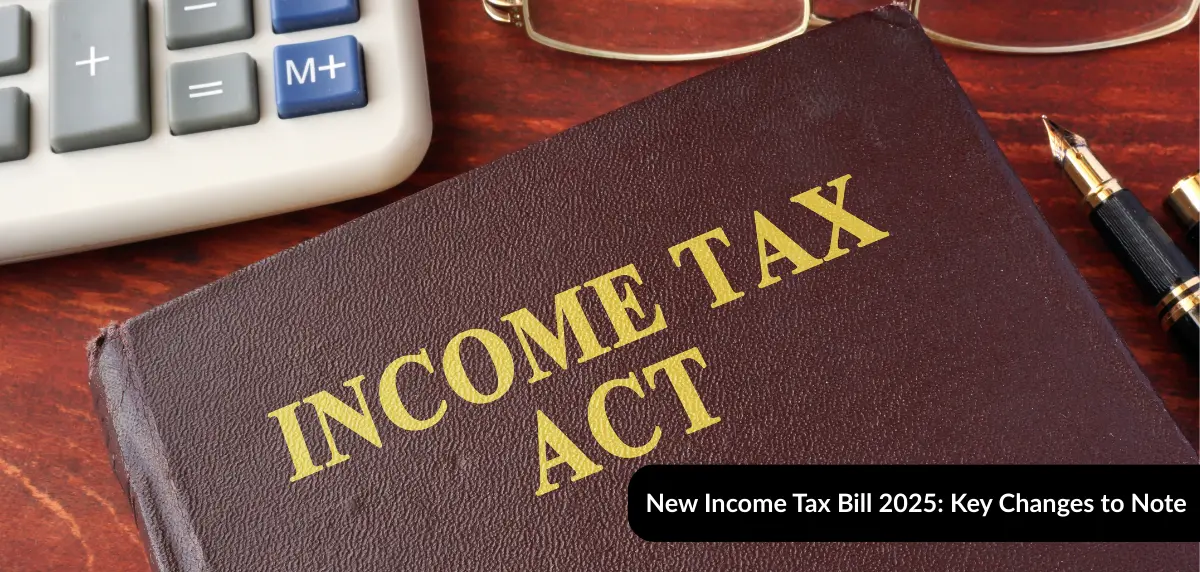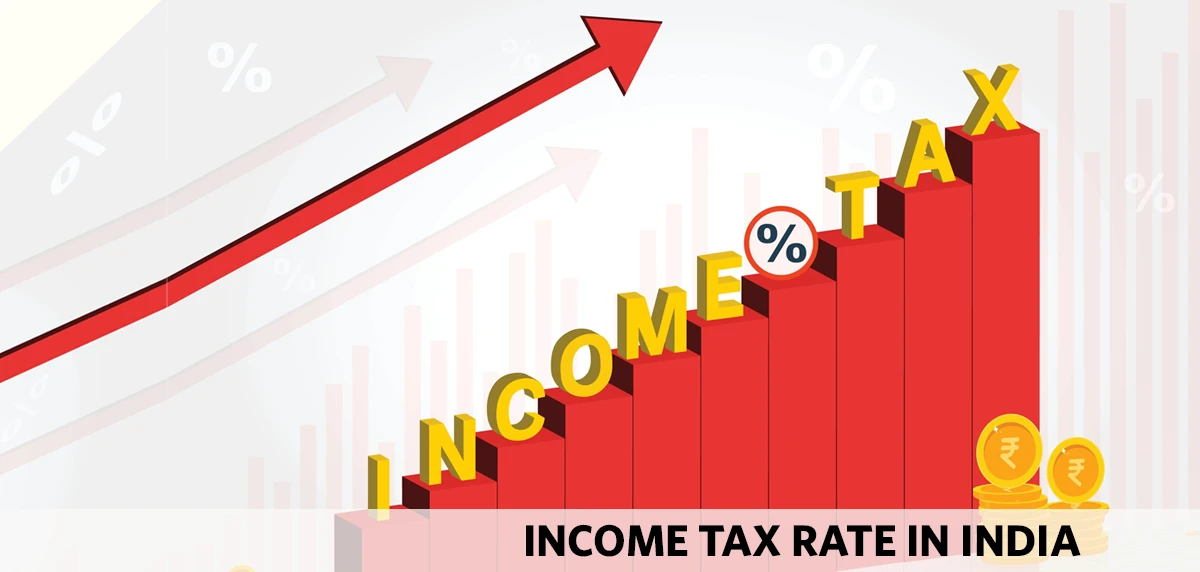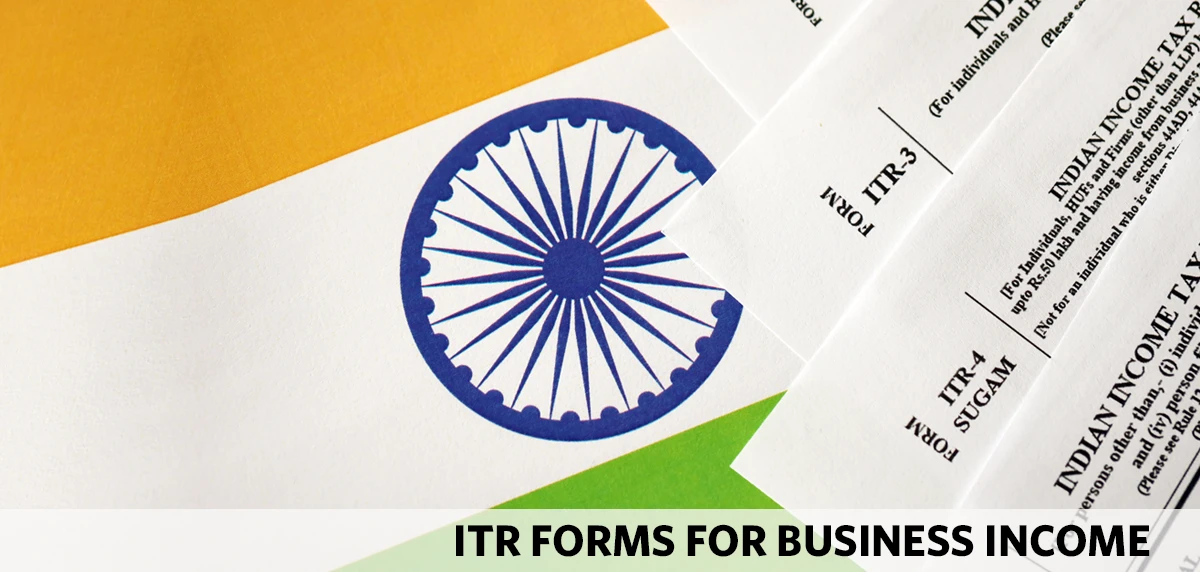The New Income Tax Bill, passed in the Parliament on 11th August 2025, is expected to replace the existing Income Tax Act, 1961. While the first draft of the Bill was introduced in February 2025, the recent revisions have led to ‘’leaner and more focused laws’’ (as described by the finance minister Nirmala Sitharaman).
These laws are based on the recommendations shared by the Parliament’s Select Committee, following an extensive review of the earlier draft. The latest version of the new tax bill is meant to make the laws clearer, better structured, and taxpayer-friendly. Let’s look at the key changes introduced in the new tax bill passed in August 2025.
Key Changes Introduced in the Revised Income Tax Bill 2025
The revised Income Tax Bill 2025 brings several changes based on 285 core recommendations from the Select Committee.
These include:
Removal of ITR refund clause
The earlier draft required taxpayers to file returns on or before the due date to claim refunds. This clause has been removed. Now, refunds will be issued even if returns are filed late.
No TCS on education remittances
The new tax bill details clarify that there will be nil Tax Collected at Source (TCS) under the Liberalised Remittance Scheme (LRS) for education-related remittances financed by a financial institution.
Nil-TDS certificate
Taxpayers with no income tax liability can now apply for a nil-TDS certificate, in order to prevent unnecessary deductions.
Tax year definition
The new tax bill also introduces ‘tax year’ as a formal term. It is defined as the 12-month period starting April 1.
Updates in loss carry-forward rules
The bill has updated the rules for carrying forward and setting off losses to make them easier to understand and apply.
House property income rules
As per the revised Income Tax Bill 2025, the 30% standard deduction on the annual value of the property will be calculated only after deducting the municipal taxes.
Non-profit donation exemptions
The exemption limit for donations to non-profit organisations is now 5% of total donations (rather than just 5% of anonymous donations).
Clarity on certain provisions
Ambiguities in transfer pricing provisions have been addressed in the new tax bill of 2025. In addition, the ‘beneficial owner’ reference has been omitted to align with Section 79 of the old Act.
The latest version of the new tax bill reduces the number of sections from 819 to 536, and the chapters from 47 to 23. The total word count has dropped from 5.12 lakh to 2.6 lakh, with 39 new tables and 40 formulas added for easier interpretation. These figures represent attempts by the relevant authorities to simplify tax compliance for individuals, corporations, and other entities.
What’s Next?
The new tax bill was passed in the Lok Sabha and is now awaiting approval in the Rajya Sabha. After the Rajya Sabha’s approval, the bill will need the President’s nod to go ahead with final implementation.
If cleared soon, the government could announce that the new tax bill has been passed. Once cleared, the bill will be in effect from April 1, 2026.
Along with the revised new tax bill details, one must keep in mind the changes and rules laid down during the Budget. They will help you form a comprehensive understanding of the new tax legislation.
Whether you are an individual taxpayer, a corporation, or a tax professional, the new tax bill will require you to make adjustments in filing, documentation, and even tax-saving strategies.
If implemented, the new tax bill will be a significant change in India’s tax framework. By making the provisions simpler, clarifying rules, and reducing compliance burdens, it can help make India’s tax system more transparent and accessible.





















